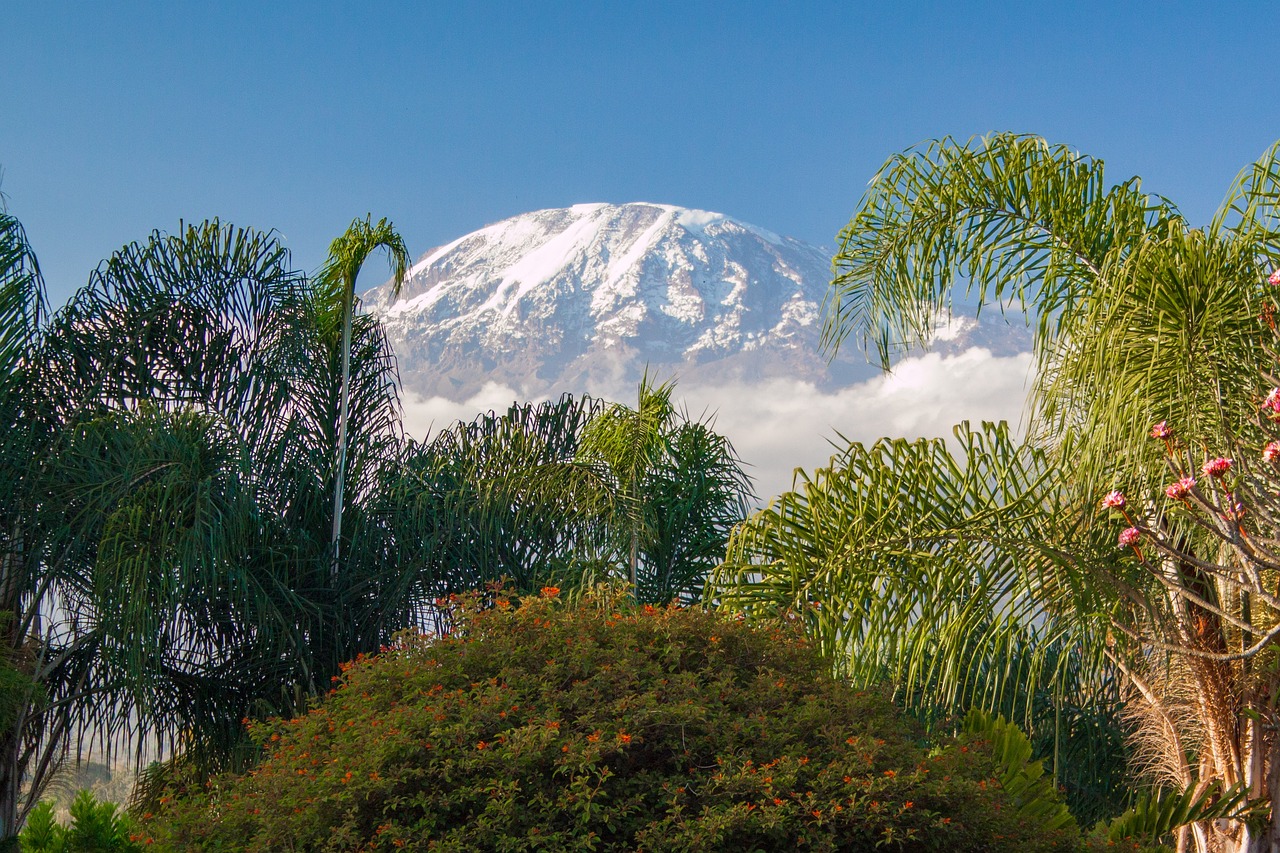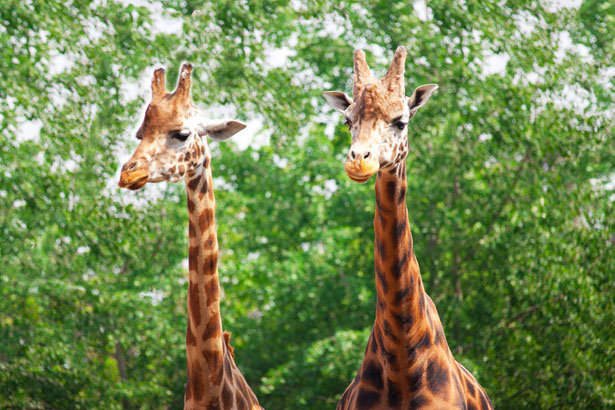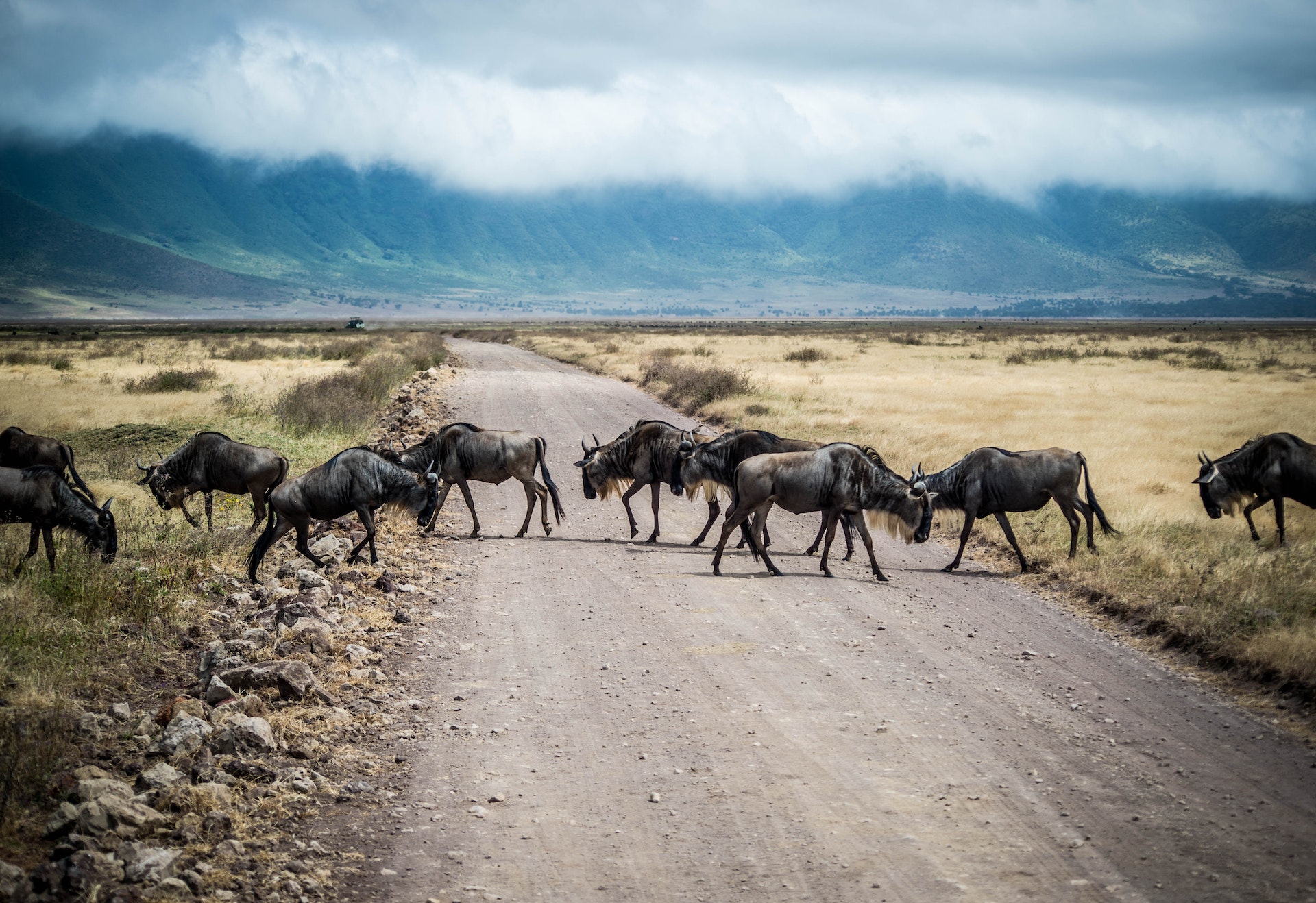Where to?
Escape yourself from the busy world, to come to the world of peace.

Kilimanjaro
- No Max. people
- Suitable for Age 10+
- $700 each
Mt. Kilimanjaro — At over 5,895m/19,000 feet, it is the highest point in Africa and a destination for some of the world’s most adventurous and dedicated climbers.
The BIG 5
- Max. 200 people
- Suitable for Age 0+
- $310 each
The “Big Five” — lion, elephant, buffalo, leopard, rhino. “Big Five” is a term originally coined by big-game hunters to refer to the five most difficult animals in Africa to hunt on foot, but is used commonly now by most tourist and wildlife guides that discuss wildlife safaris. Tanzania has added the “big 6th” — the giraffe! Tanzania is home of the wildebeest and Zebra trekking across….followed by their predators; the lion, leopard, cheetah, and hyena.


The Serengeti
- Max. 200 people
- Suitable for Ages 0+
- $310 each
Serengeti means “endless plains” in the Maasai language and the park is the best known wildlife sanctuary in the world. It is home to more than three million large mammals and about 35 species of plains animals can be seen here including the BIG FIVE (elephant, rhino, lion, leopard, and buffalo). In May or early June, huge herds of wildebeest, gazelle, and zebra begin their migration followed by the predator lion, cheetah and wild dogs while vultures circle overhead. Other common species include the hippo, giraffe, eland, impala, baboon, and monkeys. The park is also famous for its 400 species of birds- both migrant and resident. Divided into four corridors (north, south, east and west) due to its sheer size, the Serengeti National Park covers a massive 5,700 square miles and plays host to an array of wildlife. Probably the best-known wildlife sanctuary in the world, there’s no finer place to see the variety of stunning animals that roam free throughout the National Park.
Ngorongoro Crater
- Max. 200 people
- Suitable for Ages 5+
- $310 each
In the Ngorongoro crater, the largest crater, can be seen. Often called ‘Africa’s Eden’ and regularly touted as being the 8th wonder of the world, the Ngorongoro Crater is the world’s largest intact caldera. The crater, which is said to have the densest concentration of wildlife in Africa, covers about 260 sq km and is up to 610 metres deep in some places. It is one of the best areas in Tanzania to see the endangered black rhino, animal populations in the crater include most of the species found in East Africa (there are no impalas, topis, oribis, giraffes, or crocodiles). The views from the rim of the Ngorongoro Crate are magnificent so it isn’t just the wildlife you’ll need your camera for when you visit! In Olduvai Gorge, the remains of one of the earliest humans can be seen. These fossilized remains of Homo habilis were discovered by Dr. Louis Leakey and were calculated to be 1.75 million years old and the fore-runner of the modern man.


